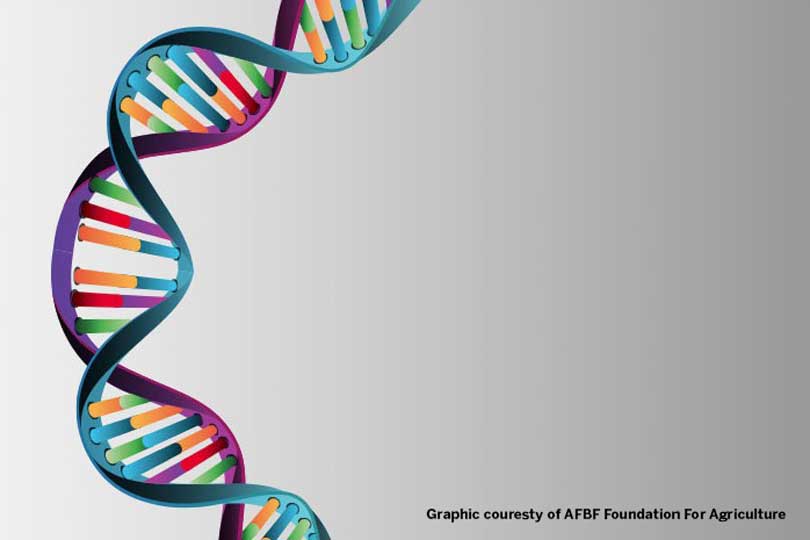The American Farm Bureau Foundation for Agriculture and the International Food Information Council Foundation have launched an updated version of “Bringing Biotechnology to Life.”
This free educational resource for educators follows the principles of project-based learning to teach about plant biotechnology and its role in food production through eight sequential lessons and a culminating research and public presentation module.
The updated resource addresses national learning standards for seventh through 10th grade students and asks the following questions:
- What is DNA?
- How can we examine DNA?
- What is selective breeding?
- What is biotechnology?
- How is biotechnology used?
- How do researchers compare DNA?
- Where would we be without GMOs?
- Where is biotechnology headed?
“Using advancements in technology, agriculturalists are striving to feed more people with fewer resources,” Christy Lilja, executive director of the American Farm Bureau Foundation for Agriculture, said. “Biotechnology is one of these advancements. It’s important that our resources continue to reflect these advancements in technology, which is why we are excited to launch the third version of Bringing Biotechnology to Life. We want to help consumers understand the role that biotechnology plays in agriculture and our lives. Through this resource, we’re empowering students to make informed decisions about the practical uses of biotechnology in their world today.”
Bringing Biotechnology to Life was launched at the World Food Prize 2015 Borlaug Dialogue international symposium. Version 2.0 was released in 2016 and included the addition of student pre/post assessments, accommodations for students struggling to meet performance expectations and enrichments for students who have already met performance expectations, strategies for English language learners, connections to students’ home and community and enhanced self-reflection tools and rubrics for assessment.
“Data from our consumer research shows that despite a low level of knowledge, a large number (47%) of consumers say they avoid foods produced with GMO technology,” Joseph Clayton, CEO of the International Food Information Council Foundation, said. “This reflects an immediate need for science education from an early age. We are happy to collaborate with the Foundation on this important resource.”
The Bringing Biotechnology to Life Version 3.0 learning kit is available for download at no cost at https://www.agfoundation.org/bringing-biotech-to-life/ and https://foodinsight.org/bringing-biotechnology-to-life-an-educational-resource-for-grades-7-10/.
The mission of the American Farm Bureau Foundation for Agriculture is to build awareness, understanding and a positive public perception of agriculture through education.
The International Food Information Council Foundation is dedicated to the mission of effectively communicating science-based information on health, food safety and nutrition for the public good. The IFIC Foundation is supported primarily by the broad-based food, beverage and agricultural industries.
Visit http://www.foodinsight.org to learn more.

